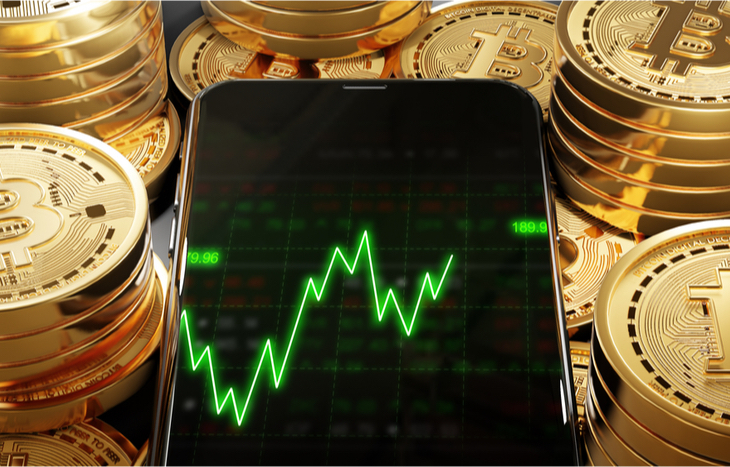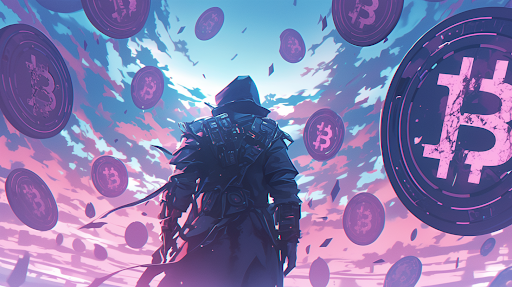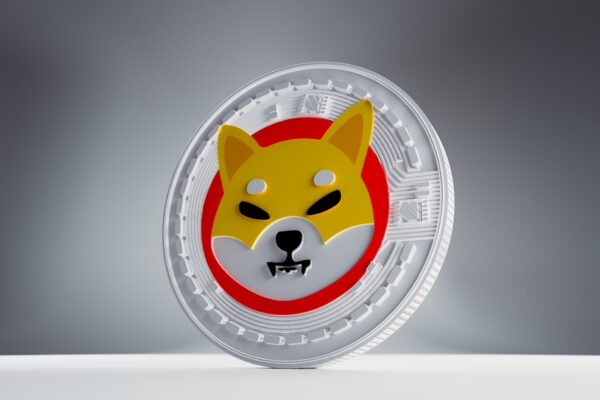What is Slippage in Crypto?
Slippage is something many new crypto investors can run into—and when they do, it’s liable to upset them. What is slippage in crypto? The short answer is a difference in what you think you’re paying to acquire crypto and the actual cost you pay. No, it’s not a bait-and-switch. It’s the result of extreme demand, high volatility and a generally unstable asset class.
Here’s what you need to know about slippage, how to protect yourself from it and what you can do to minimize exposure to it. Above all, realize that when it comes to market orders, slippage in crypto is common—a part of choosing to invest in something with such extreme market forces.

The Definition of Slippage
When you choose to place a market order on a crypto exchange, you’re expecting to have that order filled at the given bid rate. Unfortunately, in the time it takes for the broker to receive the market order, that rate may have changed. The broker will fill the market order at the current price, which can decrease or increase the buying power of your initial order. Here’s an example:
Malcom places a market order for Widget Coin. He’s purchasing 100 units at $12, and expects to pay $1,200. However, Widget Coin is volatile at the moment, and the price rises to $12.50 before Malcom’s order goes through. Instead of executing for 100 units at $12, his order actually executes for 100 units totaling $1,250.
When slippage occurs, orders execute at the next best price. In the case of large crypto orders, this could mean acquiring units at a variety of different rates. For example, if you place an order for 1,000 units at $10 during a period of high volatility, you might end up paying $10 for X, $10.02 for Y and $10.05 for Z shares. The larger the order and the more volatility, the more slippage that’s likely to occur.
Positive vs. Negative Slippage
While slippage sounds like a bad thing on the surface, it can actually go both ways. There’s both positive slippage and negative slippage.
- Positive slippage occurs when the price of crypto falls, thereby increasing your buying power. For example, if you buy 100 units at $10 ($1,000), the order may fill at $9.50, resulting in better value than expected.
- Negative slippage occurs when the price of a crypto increases, thereby reducing your buying power. For example, if you buy 100 units at $10 ($1,000), the order may fill at $10.50, resulting in worse value than expected.
It’s important to note that slippage usually occurs in very small increments. Slippage of 0.05% to 0.10% is common. In extremely volatile situations, slippage of 0.50% to 1% may occur. It’s important for investors to realize what this means in real dollars.
Say you’re trading Cardano (ADA), which hovers at $1 per unit. If you’re trading $1,000 in ADA, $10 in slippage might not seem like all that drastic—approximately five units. If you’re trading $100,000, a slippage of $1,000 could represent 1,000 units!
Why is Slippage Common in Crypto?
Slippage happens in any market, but it’s especially common in crypto markets. This is due to the extreme volatility cryptocurrencies face. With tens of thousands of transactions every hour, cryptocurrencies fluctuate in price almost constantly. This means that in the time it takes for an investor to submit and order and a broker to fill it, the bid-ask spread has likely changed. In fact, it may change multiple times in that short span of time!
Demand isn’t the only factor affecting trading rates and slippage. Crypto is in the news frequently—including Bitcoin, which has influence in most crypto markets. Anytime there’s breaking news about crypto—such as Elon Musk’s announcement that Tesla no longer accepts Bitcoin—prices go haywire. This is because, unlike fiat currency, coins lack a reference price. They’re worth only what someone will buy them for and what someone else will sell them for. As a result, bid-ask is always in flux.
How to Control Slippage When Trading Crypto
Slippage may be a frustrating part of crypto investing for many new investors, but there are controls in place to minimize its impact. You just need to know how to set your slippage tolerance.
Most crypto brokers offer a slippage tolerance control as part of their market order system. Investors can set the level of slippage they’re willing to tolerate (positive or negative), and the broker will fill orders only within that tolerance. If the liquidity or price tolerance moves beyond the threshold, the order isn’t filled. Most traders choose to set the tolerance at 0.10% or less to protect themselves from instability on any given trading day.
The other way to minimize slippage is to avoid trading during volatile periods. When it comes to crypto, this is easier said than done! Slow trading days are few and far between, but there are periods when volatility is less of a concern, such as in the early afternoon trading hours or on “slow news days,” which are typically Tuesday and Wednesday. Still, it’s best to set slippage tolerance when placing market orders during these times.
Slippage in Inevitable in Crypto Trading
With the volatility of crypto and the extreme demand for blockchain assets, slippage is just part of the risk of investing. Knowing what is slippage in crypto and understanding the controls at your disposal to avoid it is the first step in investing smarter. Watch volume, set your thresholds and trade outside volatile periods to minimize the effects that slippage can have on your investment prospects.





